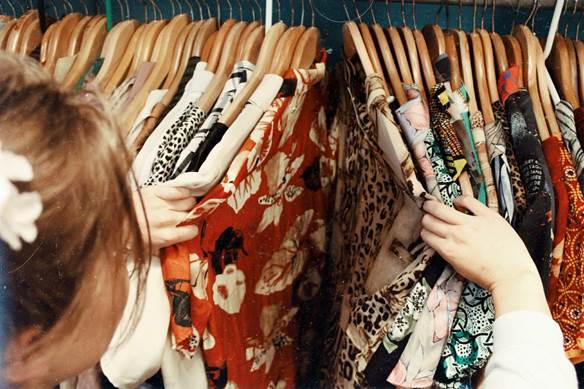Fashion brands are familiar with the exhaustive process it takes to quickly draft designs to match trends, figure out ways to make the products, and ship them to retailers worldwide, only to then repeat the whole process again, every month, every year.
Consumers and businesses alike, are getting burnt out and tired. But would it be good to revert to the seemingly out of style, longer fashion seasons?
We think so. In the end, returning to the model of fewer, longer fashion seasons will have marked benefits for fashion brands and customers alike.
The impact of longer fashion seasons on fashion businesses
Brands serving the demands and trends of their consumers put a lot of work into each seasonal product rotation, but fast fashion pushed the industry to quicken cycles of seasons and even to break down regular seasons into micro seasons.
That’s unfortunate because longer fashion seasons are better for brand maintenance and sanity. For a start, longer seasons give brands the luxury of time to create designs and do all the research that goes into forecasting and fulfilling that process. You won’t have to do a sprint each month to figure out what designs look best and what trends to incorporate if the industry returns to longer seasons.
Speaking of trends, you may worry that longer seasons mean that your designs could quickly become outdated. But when you put more time into figuring out design concepts and researching macro trends, your product designs will likely be able to last longer.
Since your brand won’t be turning out new products every month, you also won’t have to worry about coordinating as many procurement, shipping, and distribution logistics. You can even source better materials and charge higher prices for your products as they will have more care and time spent on them in the production process. This may incentivise you to route your manufacturing needs to countries or locales that have larger skilled craftsmen industries and are able to deliver better product quality and a more reliable and steady brand-manufacturer relationship.
Lastly, every new product your brand makes requires a quality assessment. Turning over new products each month gives rise to a higher chance of mistakes and wasted material. Longer fashion seasons allow your QA office the proper time to assess products and review the full stock to match consumer demand.
The impact of longer fashion seasons on consumers
Though it’s difficult to understand the minds of consumers, quick trends and faster seasons can burn out consumers too. No one wants to perpetually have to update their wardrobe for trends that can quickly go out of style. Additionally, no one wants a product that they wear one or two times before it's outdated or falling apart and becomes dead weight in their closet. It would be better for consumers to spend a bit more money on items that they can wear for longer seasons and that will last through the wear and tear of daily activities to be included in their go-to looks.
Also, by offering longer fashion seasons, you give your products a chance to sit on a rack until they completely sell off, and reduce the risk of deadstock and lost profits. You also give your consumers the time to grow awareness of your seasonal product offerings and get the chance to check out and try on products further into the season.
Offering longer fashion seasons also signals to consumers that your products won’t be outdated quickly and should be durable enough to work as an everyday ensemble item.

Production shifts from longer fashion seasons
What would a shift to longer fashion seasons mean for your whole production process? Luckily, it means that your brand can take a breath and put more focus and effort into every stage.
Sourcing manufacturers can come a bit easier since you won’t need to churn and burn through them or find ones that can change product capabilities at the drop of a hat. This allows you to source abroad in areas rich in skilled artisans who can not only create your designs, but make them well and to last. These people may be able to take on more complex cut and sew capabilities that ultimately benefit your brand and make your products stand out as must-haves.
Material selection and sourcing also comes easier as you can tap into better, more diverse, and newer materials that would be tougher to get en masse in quicker, shorter fashion seasons. With this, you can also charge a bit more for your products as consumers will get more wear for their buck.
Lastly, longer seasons mean that shipping and distribution logistics don’t need to be organised and conducted on a monthly basis. This means fewer headaches each month from tracking down missing or delayed shipments lost by going with the fastest and cheapest carrier, and more focus on carriers that offer quality services with added guarantees.
Ultimately, longer fashion seasons benefit both consumers and fashion brands, giving each the ability to enjoy extended product and style lifecycles, get rid of the headache of trends and fads, and invest fashion dollars more wisely.
This article has not been edited by Fibre2Fashion staff and is re-published with permission from makersvalley.com







Comments